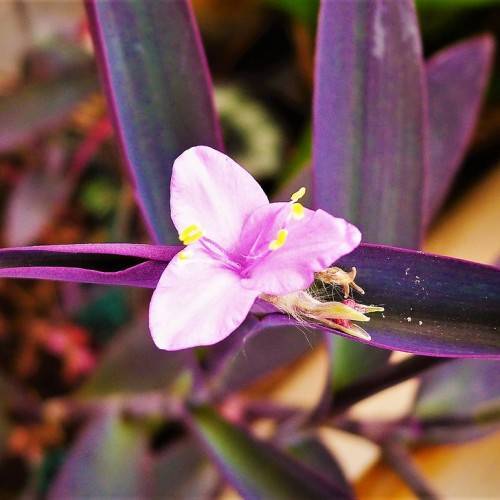
spider lily
Tradescantia pallida 'Purpurea'
Cycle:
Herbaceous Perennial
Watering:
Average
Hardiness Zone:
10 - 11
Flowers:
Flowers
Sun:
full sun
Leaf:
Yes
Growth Rate:
Low
Maintenance:
Low
Drought Tolerant:
Yes
Indoors:
Yes
Care Level:
Medium
watering
It is important to water Spider Lilies adequately so the soil is kept moist, but not saturated. They should be watered at least once a week, and more during hot, dry weather. Be sure to check soil moisture levels with a finger before watering to make sure the soil is dry enough to need watering. Spider Lilies can tolerate brief periods of drought, but for optimal growth, they will need more water if the soil is consistently dry.
sunlight
Spider lilies generally require direct sunlight for several hours a day. This can vary depending on the local area, but 4 to 6 hours per day during the growing season is ideal. During the hottest parts of the day, additional protection from full sun is recommended, such as shading with a curtain or installing a canopy-like structure to provide some shade.
pruning
Spider lilies should be pruned lightly during the growing season, typically in early summer. You can remove any dead or dying leaves, flower stalks, and spent flowers as necessary. In late summer or early fall, you should trim back about 1-third to 1-half of the overall growth of the plant. This will help to encourage bushier growth and more flowers in the subsequent season.
